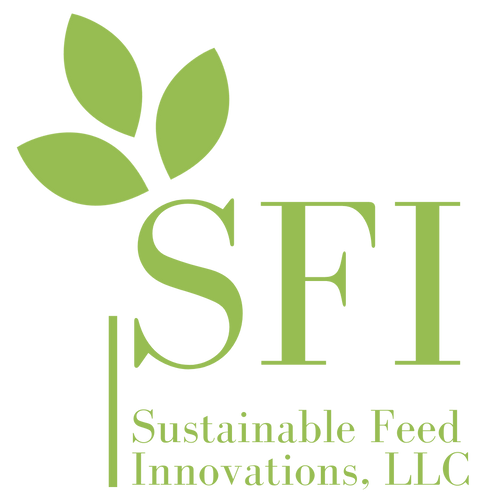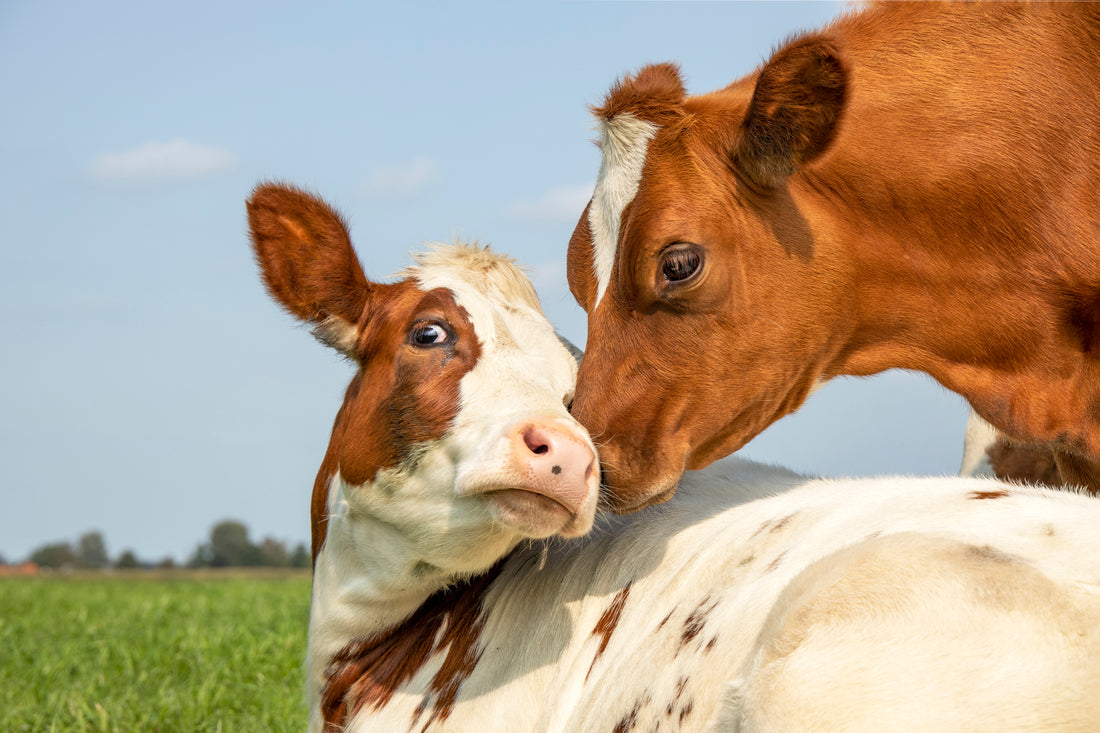In the ever-evolving world of animal nutrition, a surprising new contender has taken center stage - spent bleaching earth (SBE). Long considered a waste product from the edible oil refining process, SBE is now being recognized for its substantial nutritional value and its potential to enhance the health and performance of livestock and poultry. In this comprehensive exploration, we will delve into the nutritional treasure hidden within spent bleaching earth, shedding light on the positive impacts it can have on animal health and production.
Understanding Spent Bleaching Earth (SBE):
Spent bleaching earth is the residual material produced during the refining of edible oils. Oils produced for the mass market, such as those found in most grocery stores, typically undergo extensive refining processes. This includes degumming, neutralization, bleaching, and deodorization. The goal is to remove natural impurities, improve stability, and create a neutral flavor and odor. While this process enhances shelf life and versatility, it may lead to a loss of some natural compounds and nutrients. While these oils are still a source of essential fats, they may lack the distinct flavors and higher levels of bioactive compounds found in less processed oils. As this process unfolds, bleaching earth absorbs these bioactive compounds, and it is subsequently separated from the refined oil, leaving behind SBE.
Nutritional Value of Spent Bleaching Earth:
- Rich Energy Source:
One of the key nutritional attributes of SBE is its energy-rich composition. SBE contains residual oil, which serves as a highly concentrated source of energy for animals. This oil provides essential fatty acids and calories necessary for growth, reproduction, and overall health. By incorporating SBE into animal feed, farmers can bolster the energy content of the diet, potentially reducing the need for other high-energy ingredients.
- Enhanced Nutrient Absorption:
The clay minerals found in SBE can contribute to improved nutrient absorption in animals. These minerals act as a natural source of essential nutrients, such as calcium and magnesium, which are crucial for bone development, muscle function, and overall well-being. Additionally, these minerals may facilitate the absorption of other nutrients, leading to better feed utilization and enhanced animal performance.
- Mycotoxin Binding:
One of the primary challenges in animal nutrition is the presence of mycotoxins in feed ingredients. Mycotoxins are toxic substances produced by molds and fungi and can have deleterious effects on animal health and productivity. Spent bleaching earth's adsorption properties make it an effective mycotoxin binder. By including SBE in animal feed formulations, the potential for mycotoxin contamination can be reduced, safeguarding animal health and welfare.
- Environmental Responsibility:
The utilization of SBE in animal feed is not just a nutritional advantage but also an environmentally responsible choice. Recycling SBE diminishes waste generation and reduces the environmental footprint of the edible oil refining process. Transforming a waste product into a valuable resource for animal nutrition aligns with the principles of sustainable and eco-conscious agriculture.
Positive Effects of Spent Bleaching Earth in Animal Feed
- Enhanced Growth Rates:
The energy-rich nature of SBE can lead to improved growth rates in livestock and poultry. Animals consuming SBE-enriched diets often experience faster weight gain, which can result in economic benefits for farmers.
- Improved Feed Conversion Efficiency:
Spent bleaching earth's digestibility-enhancing properties can translate into greater feed conversion efficiency. This means that animals can extract more nutrients from their diets, reducing the amount of feed required to achieve optimal growth and production.
- Immune System Support:
The mycotoxin-binding capacity of SBE helps protect the immune systems of animals. By minimizing mycotoxin exposure, animals are less susceptible to health issues, allowing them to thrive and perform at their best.
- Cost-Effective Feeding:
SBE, as a byproduct of the edible oil industry, is often available at a lower cost compared to other feed ingredients. This cost-effectiveness makes it an attractive choice for farmers aiming to reduce feed production expenses while maintaining high-quality nutrition for their animals.
Challenges and Considerations:
While spent bleaching earth offers a multitude of benefits in animal nutrition, it's important to acknowledge and address some challenges and considerations:
- Quality Control:
To ensure the safety and effectiveness of SBE in animal feed, stringent quality control and testing are crucial. Given the variable composition of SBE depending on its source, consistent quality standards must be established to ensure its nutritional benefits and safety for animals.
- Regulatory Compliance:
The use of SBE in animal feed may be subject to varying regulations and guidelines in different regions. Producers must be aware of and comply with local regulations to ensure the responsible use of SBE in feed formulations.
- Optimal Inclusion Rates:
Determining the ideal inclusion rates of SBE in animal feed formulations is crucial. Excessive use may impact the texture and palatability of the feed, while insufficient inclusion may not fully harness the potential of this valuable resource.
The nutritional value of spent bleaching earth in animal nutrition is a testament to the resourcefulness and innovation within the agriculture and livestock industries. This unassuming waste product, once relegated to the realm of disposables, has emerged as a potent resource that contributes to improved animal health, sustainable agriculture, and economic benefits for farmers.
As the global demand for animal products continues to surge, it is imperative to explore innovative and environmentally friendly solutions. Spent bleaching earth represents an exemplary case of waste being transformed into a valuable resource, promoting responsible and sustainable resource management. By harnessing the potential of SBE, we pave the way for healthier animals, thriving farms, and a more sustainable agricultural industry, embracing the principles of efficiency and eco-consciousness.

